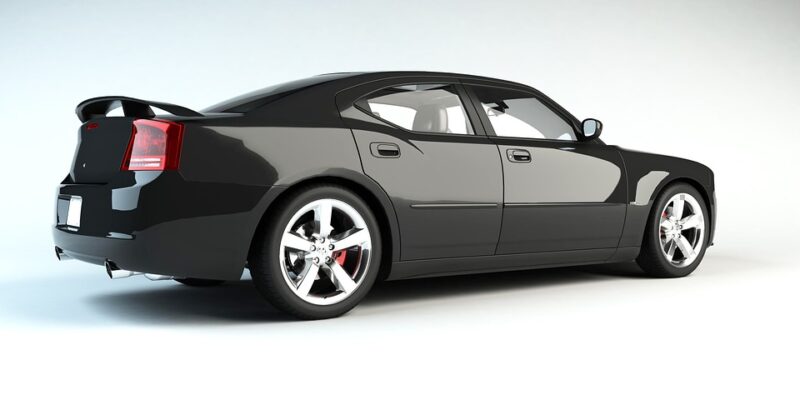Beyond the Basics: Advanced Techniques for 3D Figure Customization
In the world of 3D modeling and animation, the ability to customize 3D figures is an essential skill that separates amateurs from professionals. While beginner techniques may be sufficient for simple projects, advanced techniques can take your work to the next level. In this article, we will explore some of the most powerful and useful techniques for customizing 3D figures beyond the basics.
Advanced Texture Mapping
One of the most powerful ways to customize a 3D figure is through advanced texture mapping. Texture mapping is the process of applying images or patterns to the surfaces of 3D objects to give them realistic detail and depth. While beginners may simply apply a single texture to a figure, advanced users can create complex and detailed textures that enhance the overall look and feel of their models.
Advanced texture mapping techniques include creating custom bump maps, displacement maps, and normal maps to add intricate surface detail to a 3D figure. These maps can mimic the appearance of rough surfaces, shiny materials, or complex patterns, giving your figure a more realistic and visually appealing look. By mastering the art of texture mapping, you can take your 3D figures to the next level of realism.
Sculpting and Detailing Tools
Another advanced technique for customizing 3D figures is the use of sculpting and detailing tools. These tools allow users to manipulate the shape and surface of a figure in a more organic and nuanced way than traditional modeling techniques. By using sculpting brushes, users can add or remove details on a figure, such as wrinkles, scars, or muscle definition, with precision and control.
Advanced sculpting and detailing tools also allow users to create custom shapes and forms that are not possible with basic modeling techniques. By combining these tools with texture mapping techniques, users can create highly detailed and realistic 3D figures with intricate surface textures and complex shapes. These tools are essential for creating professional-quality character models for film, games, and animations.
Rigging and Animation
One of the most advanced techniques for customizing 3D figures is rigging and animation. Rigging is the process of creating a skeleton or hierarchy of bones for a figure that can be used to control its movement and structure. Animation is the process of creating movement and motion for a figure using its rigging system. By mastering rigging and animation techniques, users can bring their 3D figures to life with realistic and dynamic movements.
Advanced rigging techniques include creating custom control rigs, IK/FK blending systems, and advanced constraint setups to give users more control over the movement and behavior of their figures. Animation techniques include using keyframes, motion capture data, and procedural animation tools to create lifelike movements for a figure. By combining these techniques, users can create compelling and engaging animations that showcase the full range of their 3D figure’s capabilities.
Simulation and Physics Effects
Finally, one of the most advanced techniques for customizing 3D figures is the use of simulation and physics effects. Simulation tools allow users to create realistic effects such as cloth simulations, fluid dynamics, particle systems, and more. By incorporating these effects into their 3D figures, users can create lifelike and dynamic animations that react realistically to the environment and other elements in a scene.
Advanced simulation and physics effects can add a new level of realism and complexity to a 3D figure, making it more convincing and engaging for viewers. By mastering these techniques, users can create stunning visual effects and animations that rival those seen in blockbuster films and AAA video games. These effects can be used to enhance the storytelling and visual impact of a project, making it more memorable and immersive for audiences.
In conclusion, mastering advanced techniques for customizing 3D figures is essential for taking your work to the next level in the world of 3D modeling and animation. By learning how to use advanced texture mapping, sculpting and detailing tools, rigging and animation techniques, and simulation and physics effects, users can create professional-quality character models that are realistic, dynamic, and visually stunning. With these tools at your disposal, the possibilities for customization and creativity are endless.
